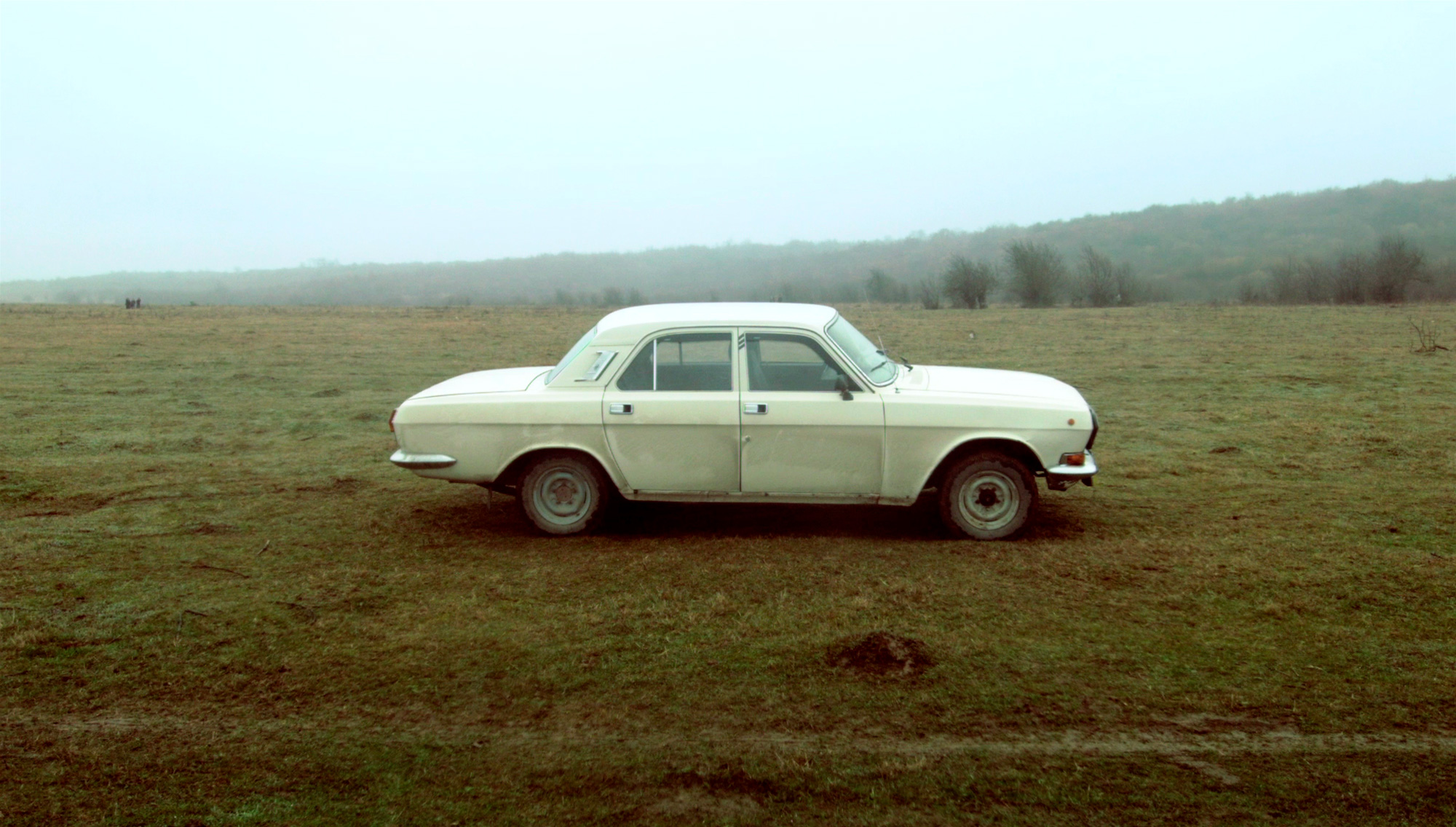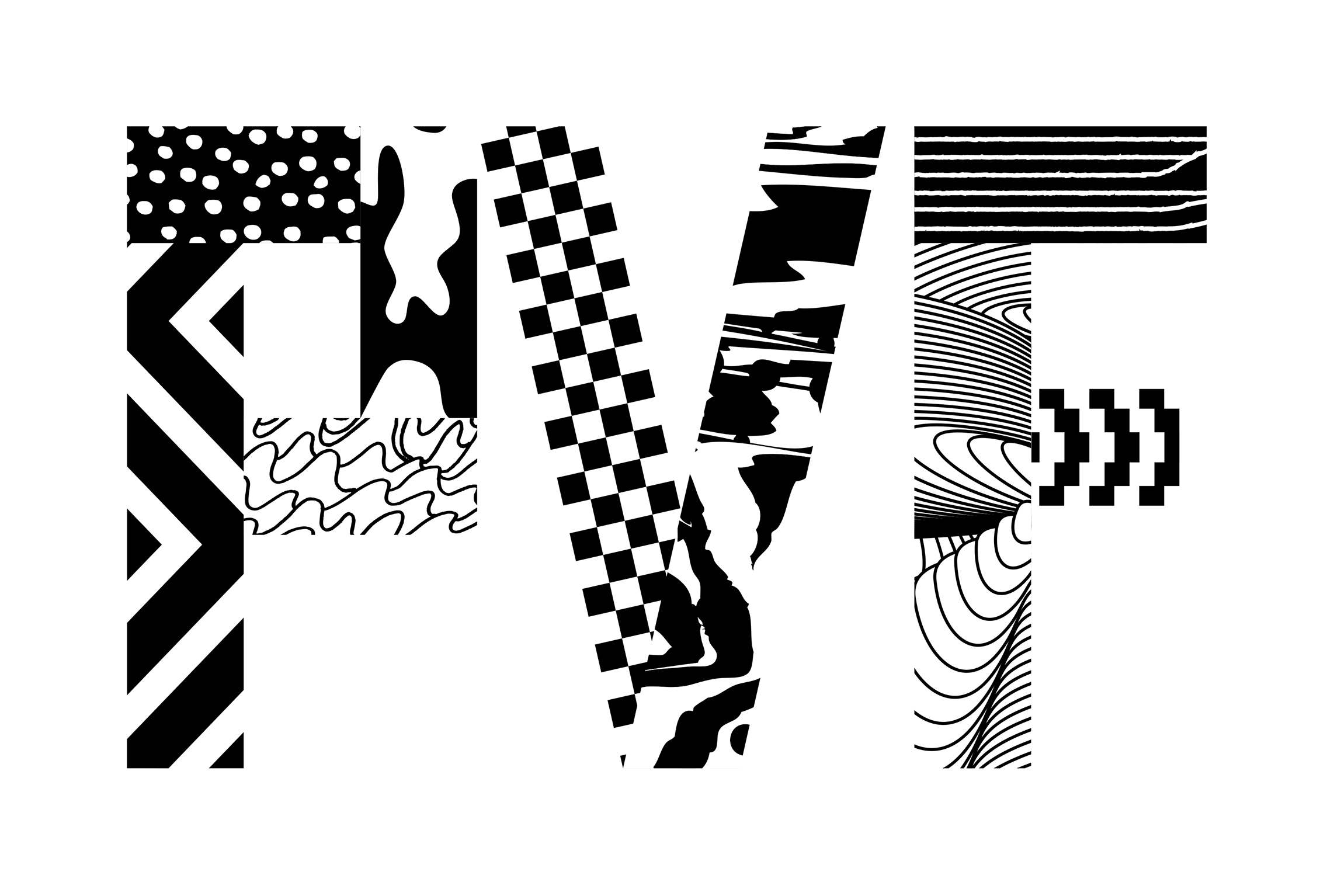Aslan Gaisumov: Volga

Aslan Gaisumov’s video piece Volga (2015) asks how – and whose – histories are remembered and told. The histories and the documents that form them have hierarchies: some represent the official truth and others do not.
Volga was a Soviet car brand that, especially in the 1960s, was known as the car of the Soviet Union elite and civil servants. The year 1985 marked the beginning of the collapse of the Soviet Union, which spanned several years, resulting in the former Soviet republics becoming independent. However, the Checheno-Ingush ASSR was just an autonomous part of the new Russia, and the Russian leadership did not welcome the region’s aspirations for independence. Another factor that influenced the issue was the oil pipeline that spans Chechnya, connecting Azerbaijani oil fields to Black Sea ports. Volga was a symbol of the aim of the Russian federal government to achieve regional unity, which resulted in the engulfment of many Caucasian peoples, local cultures, languages and histories.
Gaisumov’s work is a speculation: simultaneously both factual and fictional. Visually, the work also positions itself between the poetic andthe documentary. Throughout its history, the camera has been an instrument that shapes perceptions and makes value judgements about its subjects. Itis an “isolator” with an ability to collect, pick things, and display them. As the work shows,self-lived history is also created and constructed, and, in this, images and stories become links between the past and the future.
POTENTIALITy
PVF 2019The Finnish Museum of Photography

